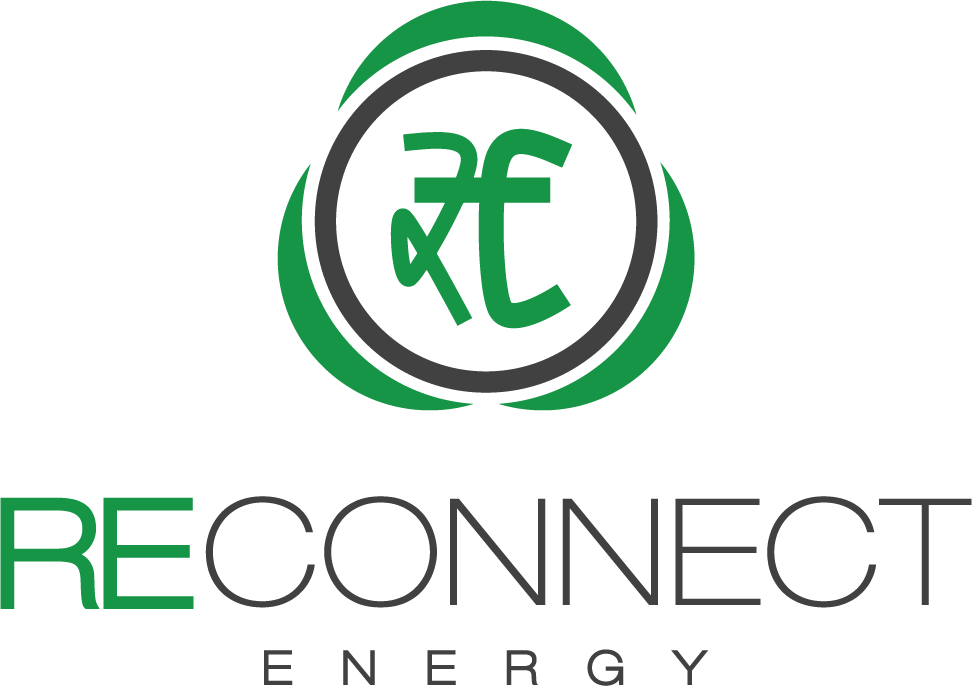India witnesses First Ever trade of REC
As every cricket fan in India would remember March 30, 2011 for a much hyped India-Pak Cricket World Cup semi-final, all the RE stakeholders in the country might remember the same date for some other reasons. This is the day, India witnessed the first ever trade of Renewable Energy Certificate (REC) at Power Exchange platform! We are very proud to announce that REConnect partnered this landmark event in Indian renewable energy history by executing FIRST EVER trade of REC in India at Indian Energy Exchange! A brief snapshot of the total REC trades executed is summarized below:
| Indian Energy Exchange | Power Exchange India Limited | Total | |
|---|---|---|---|
| Sell Volume (RECs) - Non Solar | 150 | 274 | 324 |
| Sell Volume (RECs) - Solar | 0 | 0 | 0 |
| Buy Volume (RECs) – Non Solar | 70377 | 324 | 70701 |
| Buy Volume (RECs) – Solar | 30001 | 3025 | 33026 |
| Market Clearing Price (Rs./REC) -Non Solar | 3900 | 2225 | 3062.5 (avg) |
| Market Clearing Price (Rs./REC) -Solar | 0 | 0 | 0 |
| Market Clearing Volume (RECs) - Non Solar | 150 | 274 | 424 |
| Market Clearing Volume (RECs) - Solar | 0 | 0 | 0 |
| Number of Portfolios Participated | 15 | 0 | 0 |
As expected, REC market stared with a supply constrained scenarioand buyers almost paid scarcity price in today’s trade. The same gets reflected from the available supply and demand for REC at both the Power Exchanges viz. Indian Energy Exchange (IEX) and Power Exchange India Limited (PXIL).
Following is the highlight of the REC trades that got executed at IEX and PXIL.
- This can be very well explained by Demand to Supply ratio of Non-Solar RECs at IEX and PXIL.
- Demand to Supply ratio at IEX stood at staggering 469 against just 1.18 at PXIL.
- Very high demand base at IEX and highly constrained supply resulted into high price of non-solar RECs at IEX.
- Low demand base and almost similar number of RECs available for sale at PXIL resulted into a ’moderate’ level of prices at IEX.
REC vs CDM Mechanism
The below analysis was covered in a story by Bloomberg. You can read that article here. After the launch of Renewable Certificate Mechanism (REC) in India, a frequent question in the minds of project developers is the comparison between Clean Development Mechanism (CDM) and REC mechanism. The below section covers some of the questions regarding the eligibility for CDM and REC, and the relative benefits under both mechanisms. Q: Is a project eligible for REC benefit if it is already availing of CDM benefit? A: The REC and CDM mechanisms are independent of each other. REC is a national mechanism which is focused on renewable energy generation whereas CDM is an international mechanism which is focused on Green House gas abatement. Nowhere in its regulations the CERC has specified that availing of CDM benefit will disqualify a RE generator from accessing REC markets. Further, the CERC has clarified that “REC and CDM are different mechanisms” (Statement of Objects and Reasons dated January 14, 2010). Q: Is the project eligible for CDM benefit if it also avails the REC benefit? A: As mentioned above, the REC and CDM mechanisms are independent of each other, and from the CERC's perspective, can co-exist. However, one of the fundamental aspects of eligibility for carbon credits in the “Additionality” criterion*. If the additional benefit of RECs is considered (even at a minimum of Rs 1.5/unit), it is likely that several projects that meet the additionality criterion under CDM without REC, are likely to not meet the criterion in the future when REC benefit is included. However, for every project an analysis will have to be done on a case-by-case basis. For example, a project that meets the additionality criterion based on the feed-in tariff of a state, may still meet the criterion if the APPC + REC price is considered in one state, but not in another. Q: How does the benefit under CDM and REC mechanism compare? A: The benefit needs to be compared under various parameters:
| Options | REC | CDM |
|---|---|---|
| Monetary Benefits | More | Less |
| Access ( Profit/Cost ) | Less time | More time |
| Certainty of Revenue | Depends on enforcement of the mechanism | Reasonable |
REC Implementation Mechanism
Honourable Central Electricity Regulatory Commission (CERC) has been very active all throughtout the year for the implementation of REC mechanism in India. The Terms and Conditions for recognition and issuance of Renewable Energy Certificate for Renewable Energy Generation were notified and thereafter had its first amendment also.
Renewable Energy Certificates-An Introduction
As part of the National Mission on Climate Change, a policy to implement Renewable Purchase Obligation (RPO) is being put in place by the Central Electricity Regulatory Commission. The new policy will require Electricity Distributors, large Captive Consumers and large Open Access Consumers to purchase a certain percentage of their total electricity needs from renewable sources. Renewable Energy Certificates: Similar to Carbon Credits Similar to the Carbon Credit Market, a market for meeting the RPO requirements is in the process of being set up in India. Just like at the international level, companies that do not meet their emission reduction targets can purchase Carbon Credits from the market, similarly, Electricity Distributors in India that do not buy the percentage of renewable energy required by law, will have the option to fulfil their obligation by purchase of Renewable Energy Certificates (REC). RECs will be traded at power exchanges in India. Additional Source of Revenue For renewable energy producers – wind farms owners, biomass power plants, small hydro projects, etc, RECs present a very valuable

